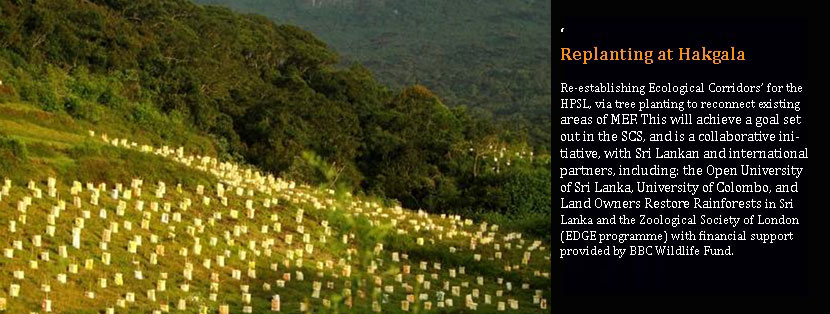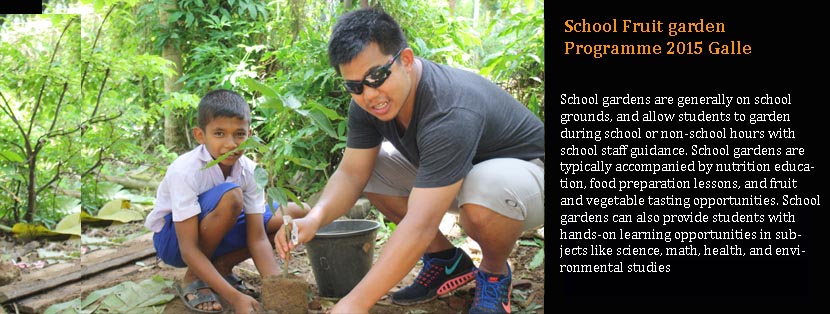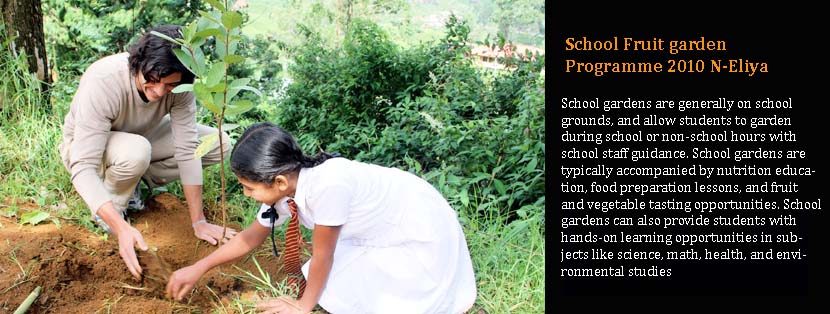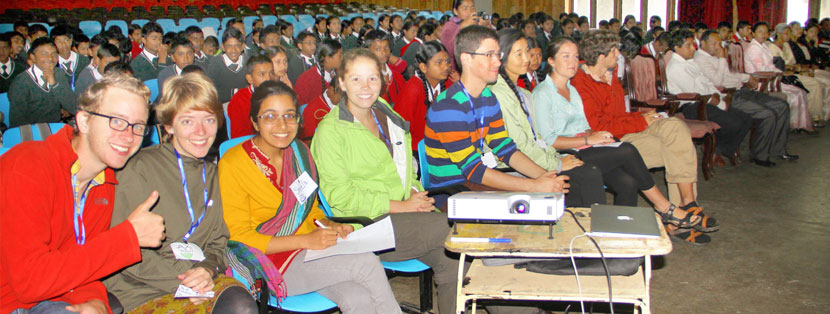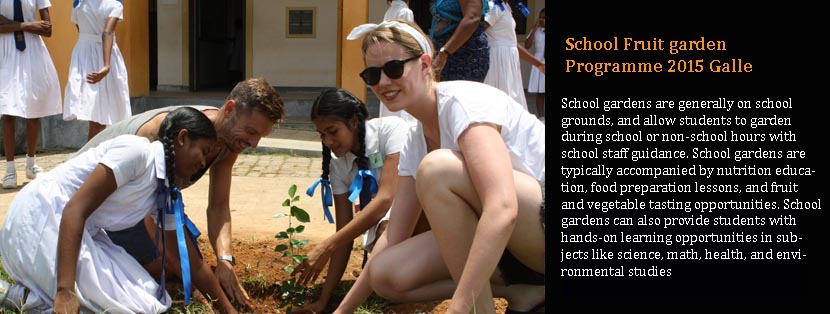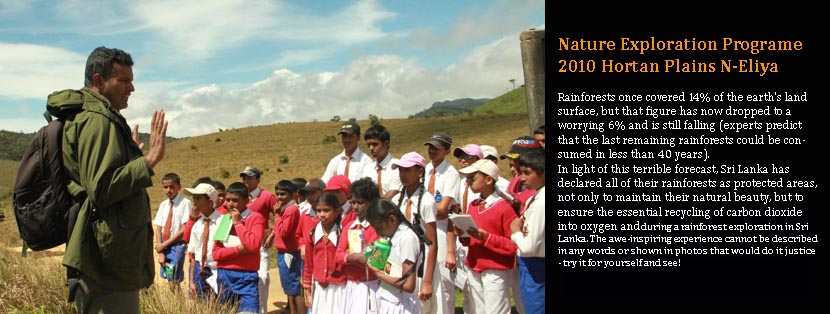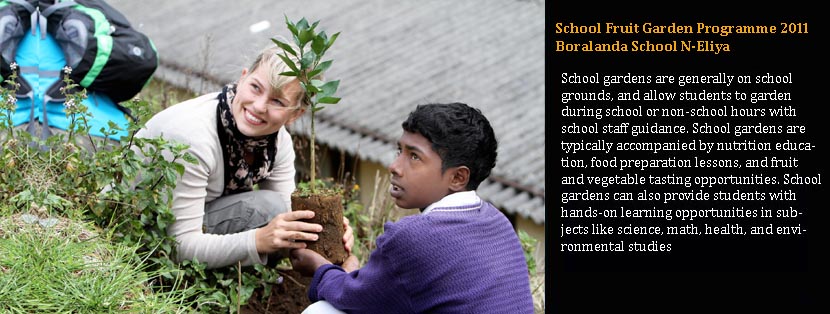Problem
Sinharajah World Heritage Forest, Mt. Heycock forest and Kanneliya forest are unique for the highest value of endemic flora and fauna in Sri Lanka. However, these three forests are now fragmented due to human activities. Between these three protected forest islands are five small patches of disturbed forests. The maximum gaps between these forest patches and the protected forests are less than 2km and these gaps are covered by cultivation lands, home gardens, state forest plantations and illegal encroachments of stream reservations.
Solution
In recent decades, farmers and researchers around the world have responded to the extractive industrial model with ecology based approaches such as eco-agriculture, agro-forestry or analogue forest. All of them, representing thousands of farms, have contributed to our understanding of what sustainable systems are, and each of them shares a vision of “farming with nature”, an agro-ecology that promotes biodiversity, recycles plant nutrients, protects soil from erosion, conserves and protect water. Also uncultivated portions of mainly agricultural landscapes can provide patches of habitat for forest wildlife and form corridors that connect protected areas and allow the species to continue genetic contact with populations that would otherwise be isolated. The potential to establish/consolidate these agricultural lands and forest patches into analogue forest corridors is the primary objective of this participatory approach. Large scale clearing of natural forest for tea, rubber and cinnamon plantation is the main reason for forest fragmentation. In addition illegal logging and over exploitation of natural resources has made enormous threats to nature and humans, such as loss of biodiversity, heavy erosion, landslides, flash floods, land degradation and finally increasing poverty. To overcome these types of problems in the area, the LORRIS was started to create analog forest corridors in between these three forest patches with the local landowner participation. Through CBO’s conducted educational awareness programms in the project locality, encouraging local farmers to change to sustainable community based timber cultivation, lesser known edible fruits, spices and medicinal plants, paying them for the environmental services provided and enhancing their income through environmental based tourist activities. The overall goals are creating corridors in between biodiversity rich forest patches with enhancement of the local landowner’s socioeconomic level and long term sustainability.

